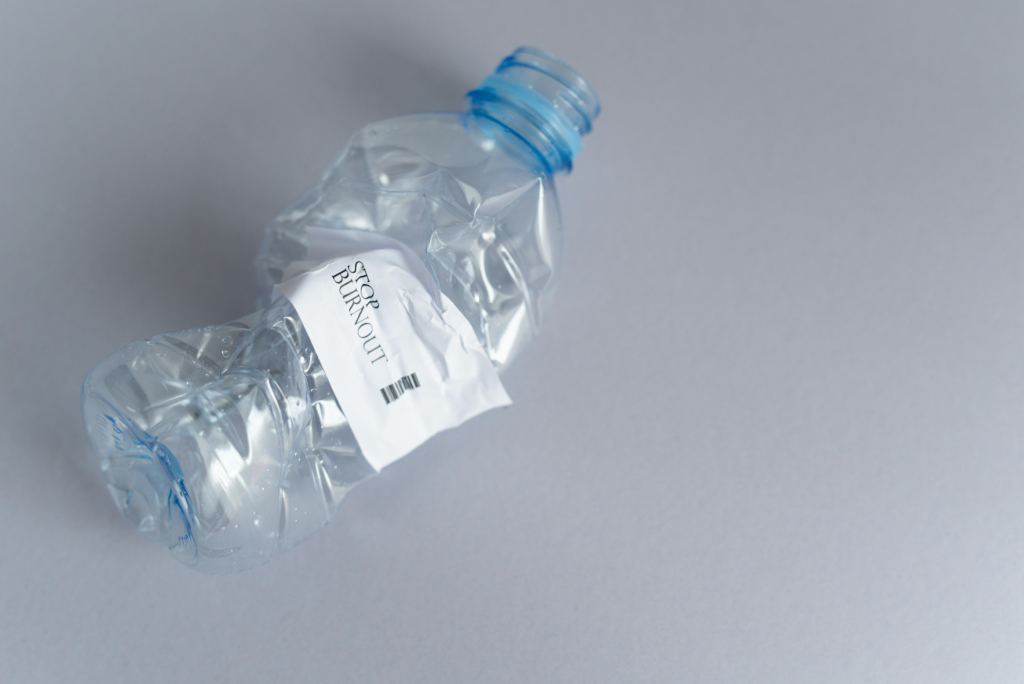Scientists anticipate that these results will raise awareness and motivate more investigation into the effects of foreign particles on human organs.

Male infertility is still a problem in the world today, and its causes are frequently poorly known. Researchers are currently examining microplastics’ possible impacts on reproductive systems in light of the mounting evidence that they have penetrated a variety of biological systems, including the blood and lungs.
The existence of microplastics in male reproductive organs has been studied in the past.
Twelve distinct kinds of microplastics were found in the testicles of humans and dogs in one previous investigation. They discovered that in dogs, lower sperm counts and smaller testicles were associated with greater concentrations of certain microplastics.
In depth
According to recent research, seven distinct forms of microplastics were found in four of the five penis tissue samples from the five men that were published in IJIR: Your Sexual Medicine. The size of these polymer pieces ranges from 1 micrometre (1/25,000th of an inch) to less than 0.2 inches (5 millimetres).
Nanoplastics, which are smaller fragments, are quantified in billionths of a metre. When bigger plastic materials break down chemically or physically into smaller fragments, microplastics are created.
Between August and September 2023, patients with erectile dysfunction (ED) undergoing penile implant surgery at the University of Miami provided samples for analysis.
Microplastics were found in the penile tissue of four out of five men, according to a chemical imaging study of the samples. Seven different forms of microplastics were detected by the investigation, with polypropylene (PP) and polyethylene terephthalate (PET) being the most prevalent.
According to lead author Ranjith Ramasamy, MD, microplastics can enter the human body through skin contact, ingestion, and inhalation. They are found in food, water, and the air, particularly in things like shellfish, sea salt, and bottled drinks. He pointed out that these minuscule particles have the ability to enter the bloodstream and build up in a variety of tissues, including penile tissue.
Take away
Microplastics have been discovered in human penile tissue for the first time, raising questions about their frequency and possible health hazards. Seven distinct forms of microplastics were found in four of the five samples taken from males with erectile dysfunction, according to the study.
Scientists anticipate that these results will raise awareness and motivate more investigation into the effects of foreign particles on human organs.
Ramasamy did note, though, that individuals might be able to lessen their exposure by cutting less on single-use plastics, filtering tap water, or deciding in favour of fresh food instead of frozen food that needs to be reheated in a microwave. In order to fully comprehend the scope of these consequences and to develop mitigation techniques and tactics to protect reproductive health, Dr. Ramasamy emphasised the need for ongoing research.
